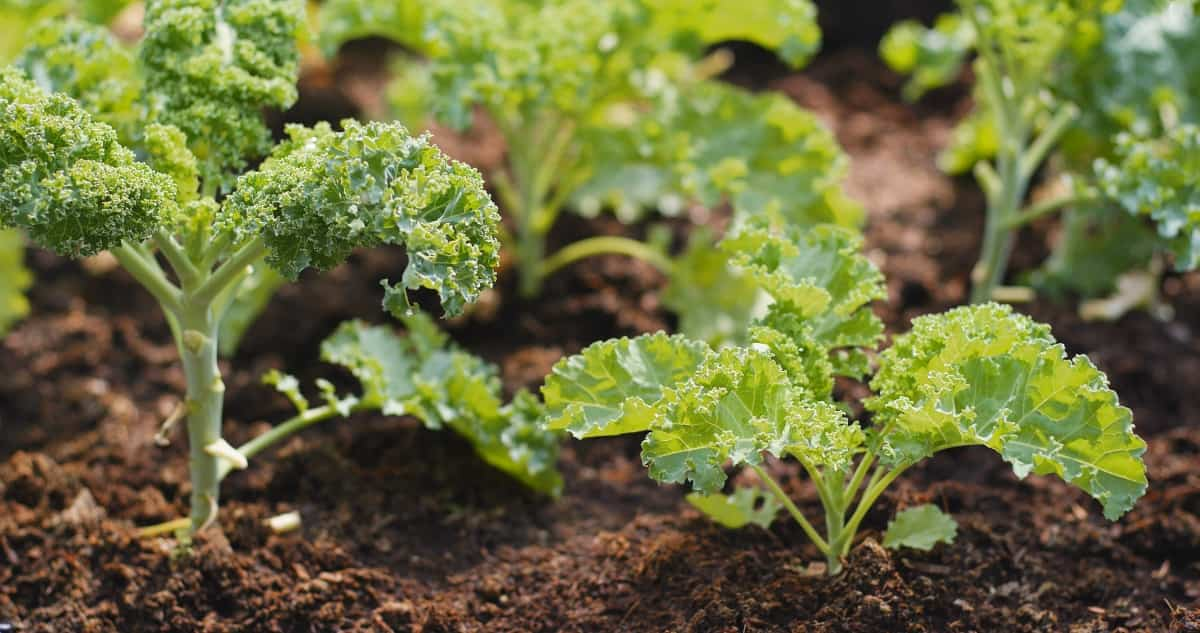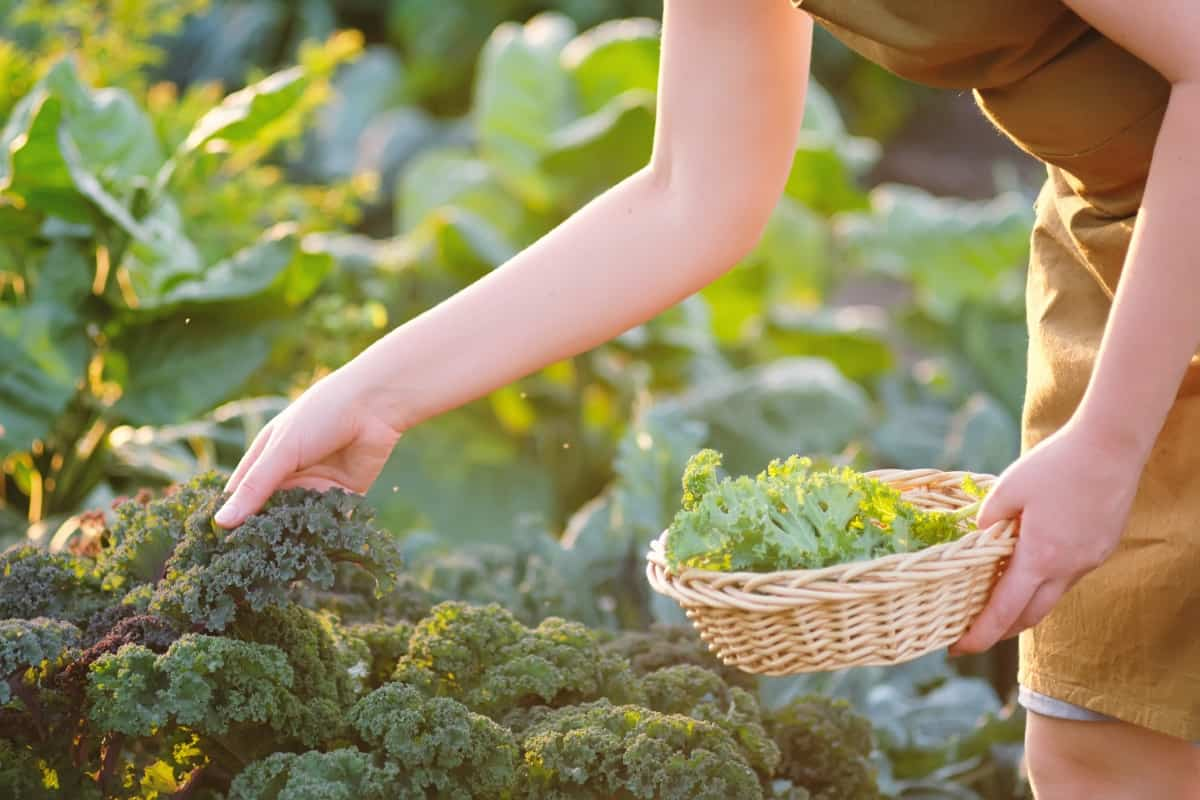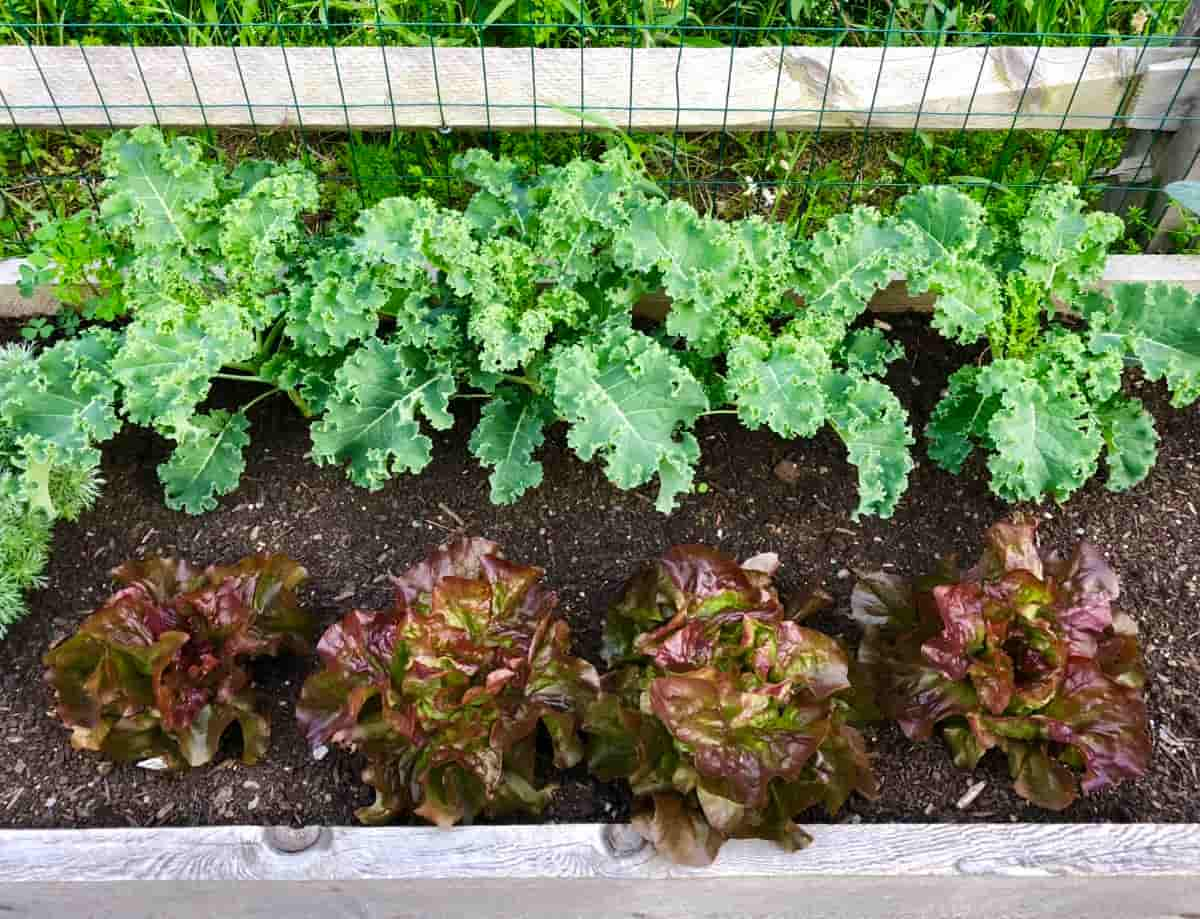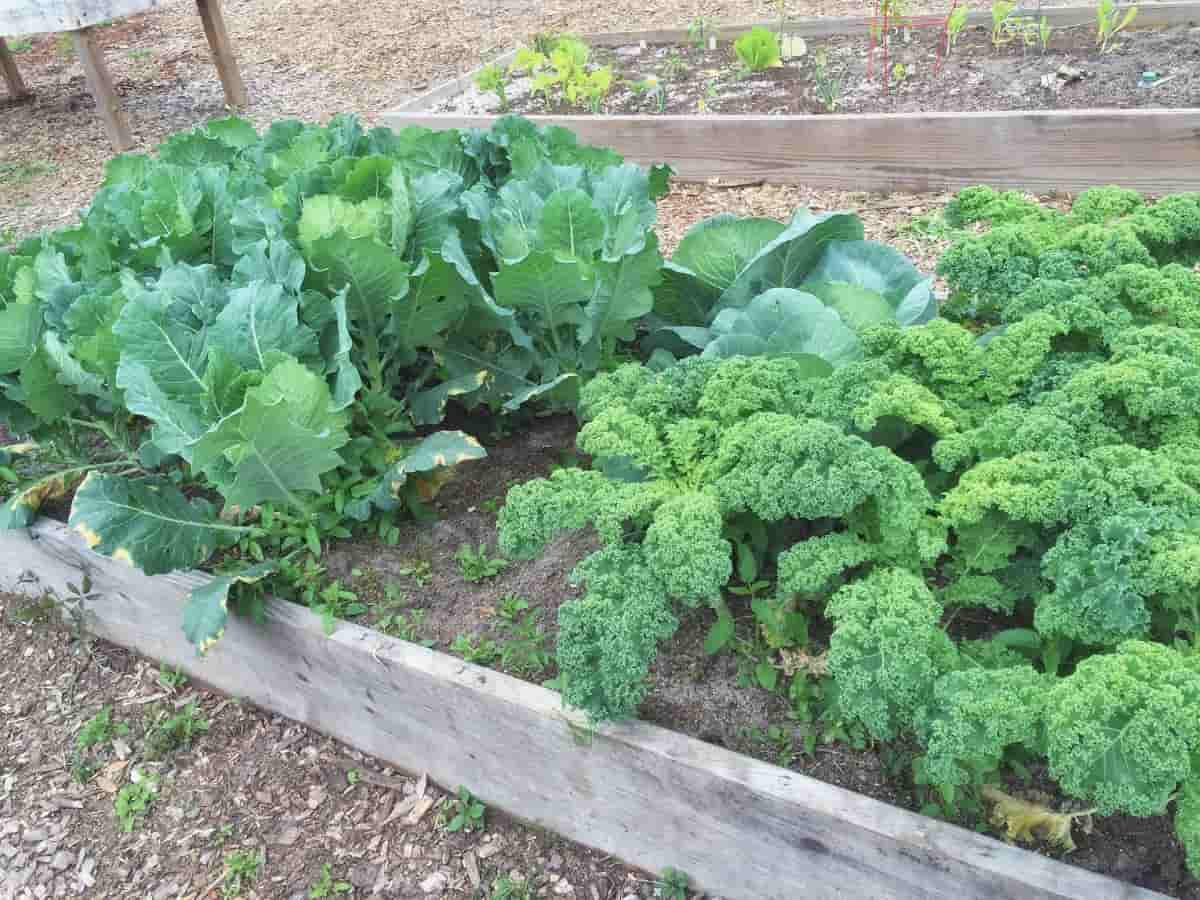When you set out to plant your garden, one crucial aspect to consider is what grows well with kale. Understanding the best companion plants for kale is essential to maximize yield, and the growth of kale plants can benefit from various companion plants in your garden. It’s not just about what goes side by side well, but also what you should not plant next to kale. The benefits of kale companion plants go beyond the simple aesthetic appeal of a well-organized garden and dive into improving growth, deterring pests, and enhancing overall garden health.

Benefits of Companion Plants for Kale in the Garden
Companion planting, the act of planting certain types of plants close together, can bring many benefits. In the case of kale, companion plants are particularly beneficial. These plants can help deter pests that are often attracted to kale. Companion plants can also help improve the soil’s overall health, and increase kale yield. Marigold, for example, is an excellent companion for kale. It acts as a pest deterrent, keeping away harmful insects that can damage kale. Companion planting is a natural, organic way to promote a healthy and abundant garden.
Best Companion Plants for Kale to Deter Pests
When deterring pests, the best companion plants for kale include garlic, onions, and herbs such as rosemary and sage. These plants emit strong odors that pests find unattractive, thus deterring them from invading the kale. Additionally, certain flowers, such as marigolds and nasturtium, serve the same purpose. They enhance your garden with vibrant hues and offer protection against pests. Implementing these companion plants can keep your kale safe and ensure a healthy harvest.
Kale Companion Plants for Improved Pollination
Increased pollination is another significant benefit of kale companion plants. Plants like borage and anise hyssop are fantastic at attracting pollinators. Their bright and fragrant flowers are irresistible to bees, butterflies, and other beneficial insects, which in turn helps improve the pollination of your kale plants. The pollinators they attract will also pollinate your kale, leading to more abundant and healthier crops.
Companion Plants for Kale in Containers
Growing kale in containers offers flexibility, but you must still be mindful of companion planting. Companion plants for kale in containers include smaller plants such as parsley, basil, or other herbs. These herbs do not compete with kale for space or nutrients, allowing your kale to thrive. These herbs can provide additional pest control, and their proximity to the container allows for easy harvesting.
In case you missed it: 9 Common Problems With Kale Plants: Treatment and Solutions

Companion Herbs for Kale in Organic Gardening
When discussing companion plants for kale, it’s important to consider the role of herbs in organic gardening. Herbs such as dill, chamomile, and peppermint are particularly beneficial. These herbs can deter pests and, in some cases, improve the flavor of your kale. Companion herbs for kale can help to create an organic, chemical-free environment that promotes the healthy growth of your plants.
Flowering Companion Plants for Kale to Attract Beneficial Insects
Planting flowering companion plants for kale is an excellent strategy to attract beneficial insects. Flowers such as cosmos, zinnias, and sunflowers attract beneficial insects, including ladybugs and lacewings, which prey on harmful pests. These beneficial insects serve as organic pest controllers, ensuring the robustness and abundance of your kale plants.
Companion Vegetables for Kale in Raised Beds
Companion kale vegetables, such as beans, cucumbers, and celery, can be beneficial in raised beds. These vegetables have varying growth habits and root depths, ensuring they won’t compete with kale for resources. These vegetables can also improve soil health by adding nutrients to the soil, making them an excellent companion for kale.
Companion Plants for Kale to Improve Soil Fertility
One of the key aspects of companion planting is improving soil fertility. Certain plants can add nutrients to the soil, which benefits the kale. Clover, for example, can fix nitrogen into the soil, benefiting kale, a heavy feeder plant. Also, rotating your kale with companion plants like beans and peas can help maintain and improve soil fertility, ensuring a healthy environment for your kale.
In case you missed it: Unraveling the 7 Causes of Dying Kale and How to Fix It?

Companion Plants Chart for Kale in the Garden
To better assist you in your gardening journey, here’s a brief companion plant chart for kale in the garden. Beneficial companions include marigolds, garlic, onions, rosemary, sage, borage, anise hyssop, parsley, basil, dill, chamomile, peppermint, cosmos, zinnias, sunflowers, beans, cucumbers, celery, clover. On the other hand, avoid planting kale with tomatoes, strawberries, or peppers, as they are considered bad companion plants for kale. These plants are known to compete for nutrients and can inhibit the growth of kale.
Implementing the Companion Planting Plan for Kale
Once you’ve identified your companion plants, the next step is to implement your companion planting plan for kale. Prepare the soil in your garden, raised bed, or containers. Then, plant your kale and companion plants in a layout that allows each plant to benefit from the others. Be mindful of the space each plant needs to grow.
The key here is balance – you don’t want any one plant to dominate or crowd out the others. Companion plants should complement and support each other, not compete. Regularly monitor your garden to see how the plants interact with each other. Over time, you’ll better understand which companion plants work best with your kale.
Maintaining and Monitoring the Garden with Companion Planted Kale
The final step involves regular maintenance and monitoring. Water and fertilize your garden as needed, ensuring each plant gets the necessary care. Monitor your kale and companion plants for signs of pests or disease. Even with companion plants, problems can still arise. Should you notice an issue, take prompt action to address it. Pruning, organic insecticides, or adding more beneficial insects can often solve these problems.
In case you missed it: Frequently Asked Questions About Growing Kale from Seed to Harvest

In time, the companion plants will help to create a balanced, self-sustaining environment where the kale and its companion plants can thrive. But remember, it’s always crucial to remain patient. Companion planting is as much an art as a science, and it can take time to see the benefits of the full kale companion plants. However, with patience and care, you will reap the rewards of a healthy, abundant garden.
Conclusion
Companion planting kale with other specific plants can significantly improve your kale’s growth, health, and yield. Whether growing in raised beds, containers, or an expansive garden, understanding and applying the principles of companion planting will help you get the most out of your kale and your garden.
- Feed Your Flock for Less: Top 10 Tips to Save on Chicken Feed
- Ultimate Guide to Ossabaw Island Hog: Breeding, Raising, Diet, and Care
- Hatching Answers: The Top 10 Reasons Your Chickens Aren’t Laying Eggs
- Eggs and Economics: Breaking Down the Cost of Raising Backyard Chickens
- Defend Your Greens: Proven Methods to Keep Iguanas Out of Your Garden
- Ultimate Guide to Cinnamon Queen Chicken: A Comprehensive Guide for Beginners
- Ultimate Guide to California Tan Chicken: Breeding, Raising, Diet, Egg-Production and Care
- Ultimate Guide to Marsh Daisy Chicken: Breeding, Raising, Diet, and Care
- 10 Types of Chicken Farming Businesses You Can Start for Profits